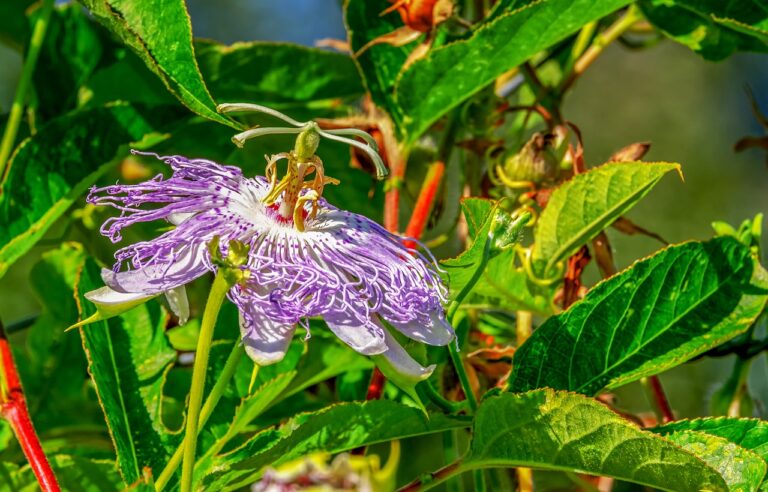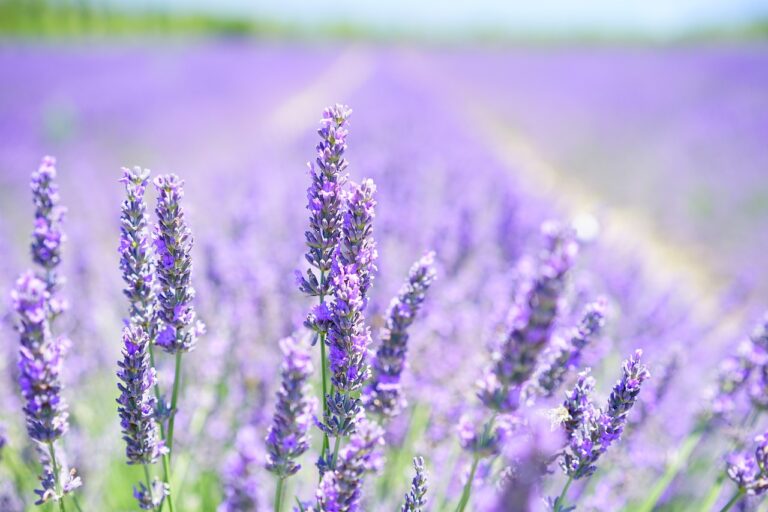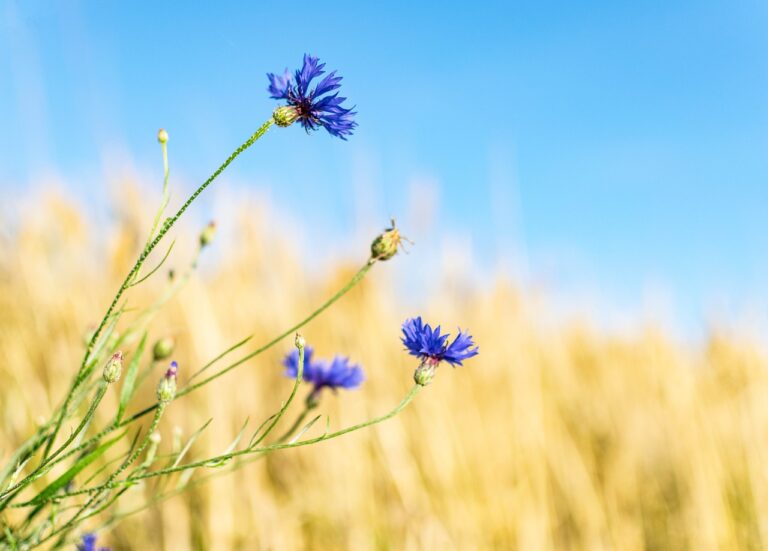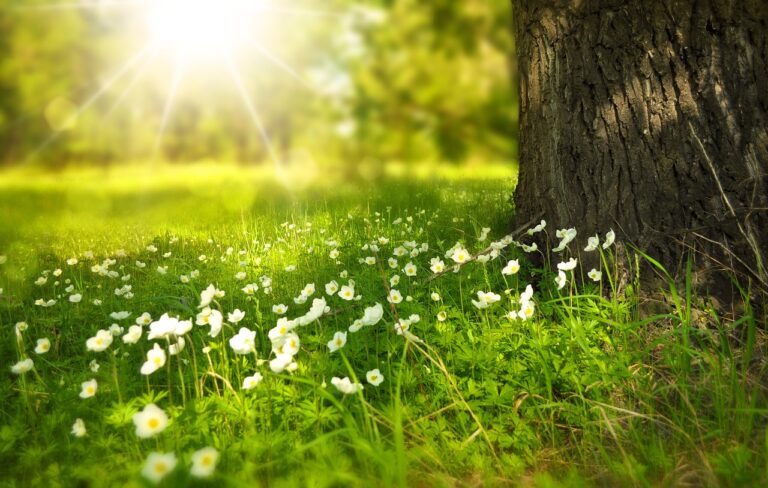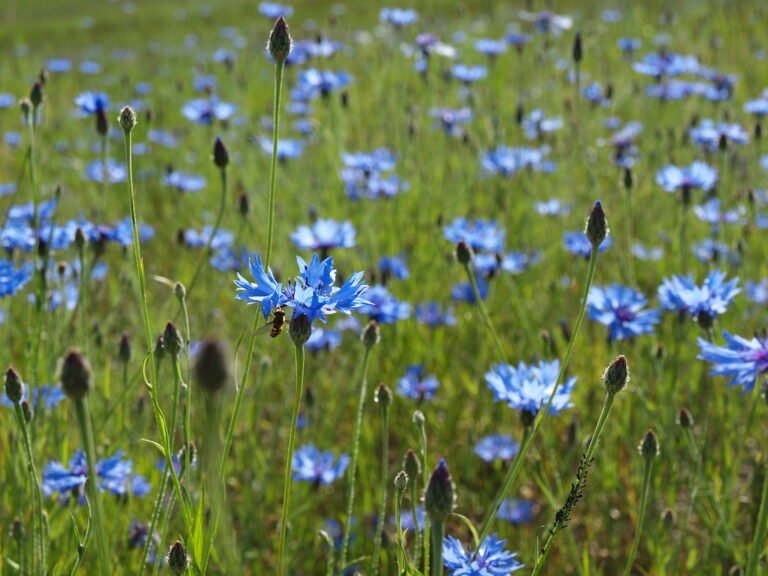Growing and Caring for Peonies in Pots
When cultivating peonies in pots, select a container at least 1 ½ feet deep and wide for the extensive root system. Choose good drainage to avoid root rot. Plant tubers at the appropriate depth with eyes facing upward in well-draining soil. Position in a sunny location with 6 hours of sunlight daily. Water when the top layer of soil is dry, maintaining moisture without overwatering. Prune back foliage in late autumn and mulch for winter care. Certain varieties such as ‘Sarah Bernhardt’ and ‘Red Charm’ are resistant to pests. For detailed tips on care and pest prevention, delve deeper into peony guides.
Container Selection for Peonies
When selecting a container for growing peonies, opt for one that is at least 1 ½ feet deep and wide to accommodate their robust root systems. Peonies have extensive root systems that require ample space to spread out and establish themselves properly. A larger container guarantees that the roots have space to grow without becoming cramped or restricted, which can hinder the plant’s overall health and growth potential.
It is important to take into account the drainage capabilities of the chosen pot to prevent waterlogging and root rot in potted peonies. Peonies dislike sitting in waterlogged soil, so a container with sufficient drainage holes at the bottom is essential. This allows excess water to escape, preventing the roots from becoming waterlogged and potentially rotting.
When it comes to the material of the container, opt for pots made of plastic or fiberglass. These materials retain moisture better than terracotta, which tends to dry out quickly. Additionally, consider using lightweight containers made of resin or composite materials for easier moving and handling when necessary. The container’s volume should also be adequate to provide ample space for peony growth and development without causing the roots to become root-bound. By selecting the right container for your peonies, you are setting them up for success in their new potted environment.
Proper Planting Techniques for Peonies
When planting peonies in pots, it is essential to confirm the tubers are positioned at the correct depth in well-draining soil, with the eyes facing upward to facilitate blooming. Adequate watering is key; it is recommended to water when the top layer of soil becomes dry to prevent waterlogging and promote healthy growth. Proper planting techniques play a critical role in the success of potted peonies, ensuring they thrive and bloom beautifully.
Soil Depth for Peonies
For successful growth of peonies in pots, ensuring a soil depth of at least 1 ½ feet is essential. Adequate soil depth is critical for promoting healthy root development and providing stability for potted peonies. Here are some key points to ponder when determining soil depth for your peonies:
- Peonies require deep soil to establish a strong foundation for blooming.
- Insufficient soil depth can restrict root growth and lead to stunted peony plants in containers.
- Deep soil allows peonies to thrive and guarantees their longevity in container gardening.
- Proper soil depth supports the overall health and growth of potted peonies.
- Adequate soil depth is vital to providing the necessary space for root expansion and nutrient absorption.
Watering Frequency for Peonies
To guarantee the prime growth and health of potted peonies, maintaining consistent soil moisture levels is essential. Potted peonies thrive in soil that is evenly moist but not waterlogged. I recommend watering them when the top soil feels dry to the touch, typically every few days depending on the climate. It’s important to make sure that excess water can drain out of the bottom of the pot to prevent waterlogging, which can harm the peonies. Checking the soil moisture regularly and adjusting the watering frequency accordingly is key to maintaining a healthy balance for your potted peonies. By paying attention to drainage and the moisture levels in the top soil, you can help your peonies flourish in their container environment.
Ideal Placement for Potted Peonies
Position your potted peonies in a sunny location that receives a minimum of 6 hours of sunlight daily, making sure they are sheltered from strong winds and excessive rain to maintain their health and blooms. Some afternoon shade can be beneficial to prevent overheating, especially during hot summer days. When selecting the ideal spot for your potted peonies, consider the specific variety you have as different types may have varying light requirements. Here are some tips to help you find the perfect placement for your potted peonies:
- Sunshine Seekers: Potted peonies love sunlight, so aim for a spot with ample sunshine exposure.
- Shade Balance: Provide some afternoon shade to protect your peonies from scorching heat while still allowing them to soak up the morning rays.
- Wind Shield: Shield your potted peonies from strong winds that can damage their delicate blooms and foliage.
- Variety Check: Make sure the location suits the light preferences of your specific peony variety to promote healthy growth and abundant flowering.
- Sturdy Support: Implement measures to prevent your potted peonies from toppling over due to the weight of their beautiful blooms. Stake or cage them if needed to keep them upright and stable.
Watering Guidelines for Potted Peonies
When caring for potted peonies, ensuring proper watering is fundamental to their health and growth. It’s essential to water your potted peonies when the top few inches of soil feel dry to the touch. Peonies appreciate soil that is consistently moist but not waterlogged, as sitting in water can lead to root rot. To determine when to water, check the soil moisture every few days by inserting your finger into the soil. If it feels dry, it’s time to water your peonies.
Proper watering techniques are critical for the well-being of potted peonies. When watering, make sure that excess water can drain out of the bottom of the pot. Good drainage is key to preventing water from pooling at the bottom, which can cause root rot and other issues. By allowing the soil to dry slightly between waterings, you can strike a balance that keeps your peonies healthy and thriving.
Winter Care for Potted Peonies
Examining the well-being of your potted peonies in winter demands proactive steps to guarantee they survive the colder months and flourish come spring. As the temperatures drop, it’s important to provide proper winter care for your potted peonies to guarantee their health and vitality. Here are some essential tips for caring for your peonies during the winter months:
- Cut back foliage: Trimming the foliage back to the base of the plant in late fall is necessary to prevent disease and promote plant recovery during the winter.
- Remove foliage: Clearing away the foliage helps prevent peony wilt disease and allows the plant to focus its energy on root development during the dormant winter period.
- Mulch: Adding a layer of mulch around the base of the potted peony can help insulate the roots and protect them from harsh winter conditions.
- Sheltered area: Move your potted peonies to a sheltered area, such as a garage or shed, to shield them from extreme cold, frost, and winds that can damage the plants.
- Overwintering care: Providing proper overwintering care, including adequate protection and maintenance, ensures the survival and health of your potted peonies for the next blooming season.
Pest and Disease Prevention for Peonies
I’ve found that choosing pest-resistant peony varieties is an important step in preventing potential issues. To ward off fungal infections, proper air circulation around the plants is essential. For those seeking natural remedies, solutions like neem oil can be effective against common peony pests.
Pest-Resistant Peony Varieties
Peony enthusiasts can benefit from selecting specific varieties known for their resistance to common pests and diseases, such as ‘Bowl of Beauty‘ and ‘Karl Rosenfield‘. When choosing pest-resistant peony varieties, consider options like ‘Buckeye Belle‘ and ‘Coral Sunset‘ to combat botrytis blight and leaf blotch. Cultivars like ‘Kansas‘ and ‘Cora Stubbs‘ can help prevent powdery mildew and phytophthora root rot. For resilience against diseases like verticillium wilt and stem canker, look into ‘Sarah Bernhardt‘ and ‘Red Charm’. Opting for peonies with natural pest resistance, such as ‘Duchesse de Nemours’ and ‘Festiva Maxima,’ can minimize the need for chemical treatments.
- ‘Buckeye Belle’ and ‘Coral Sunset’ combat botrytis blight and leaf blotch.
- ‘Kansas’ and ‘Cora Stubbs’ prevent powdery mildew and phytophthora root rot.
- ‘Sarah Bernhardt’ and ‘Red Charm’ resist verticillium wilt and stem canker.
- ‘Duchesse de Nemours’ and ‘Festiva Maxima’ offer natural pest resistance.
Fungal Infection Prevention
To effectively prevent fungal infections in peonies, prioritize ensuring ideal air circulation around the plants. Plant peonies in areas with good air movement to minimize humidity levels and discourage fungal growth. Avoid overhead watering as it can lead to moisture accumulating on the foliage, creating a favorable environment for fungal diseases. Mulch around the base of peonies with organic materials to prevent soil splashing onto the leaves, which can harbor fungal spores. Consider applying fungicides preventatively or at the first sign of fungal disease to protect your peonies. Promptly remove and dispose of any infected plant parts to prevent the spread of fungal infections to other parts of the plant. By implementing these practices, you can help maintain the health and well-being of your peonies.
Natural Remedies for Pests
When combating pests and diseases that threaten peonies, incorporating natural remedies can be a highly effective and environmentally friendly approach. Here are some natural remedies to help protect your peonies:
- Neem oil: Effective for controlling aphids and spider mites.
- Mixture of water, dish soap, and garlic: Deters pests like thrips and leafhoppers.
- Diatomaceous earth: Prevents damage from slugs and snails.
- Planting garlic or chives: Acts as a natural repellent for certain pests.
- Beneficial insects: Introducing ladybugs and lacewings can help control pest populations without chemicals.
These remedies provide a safe and sustainable way to keep your peonies healthy and thriving.

